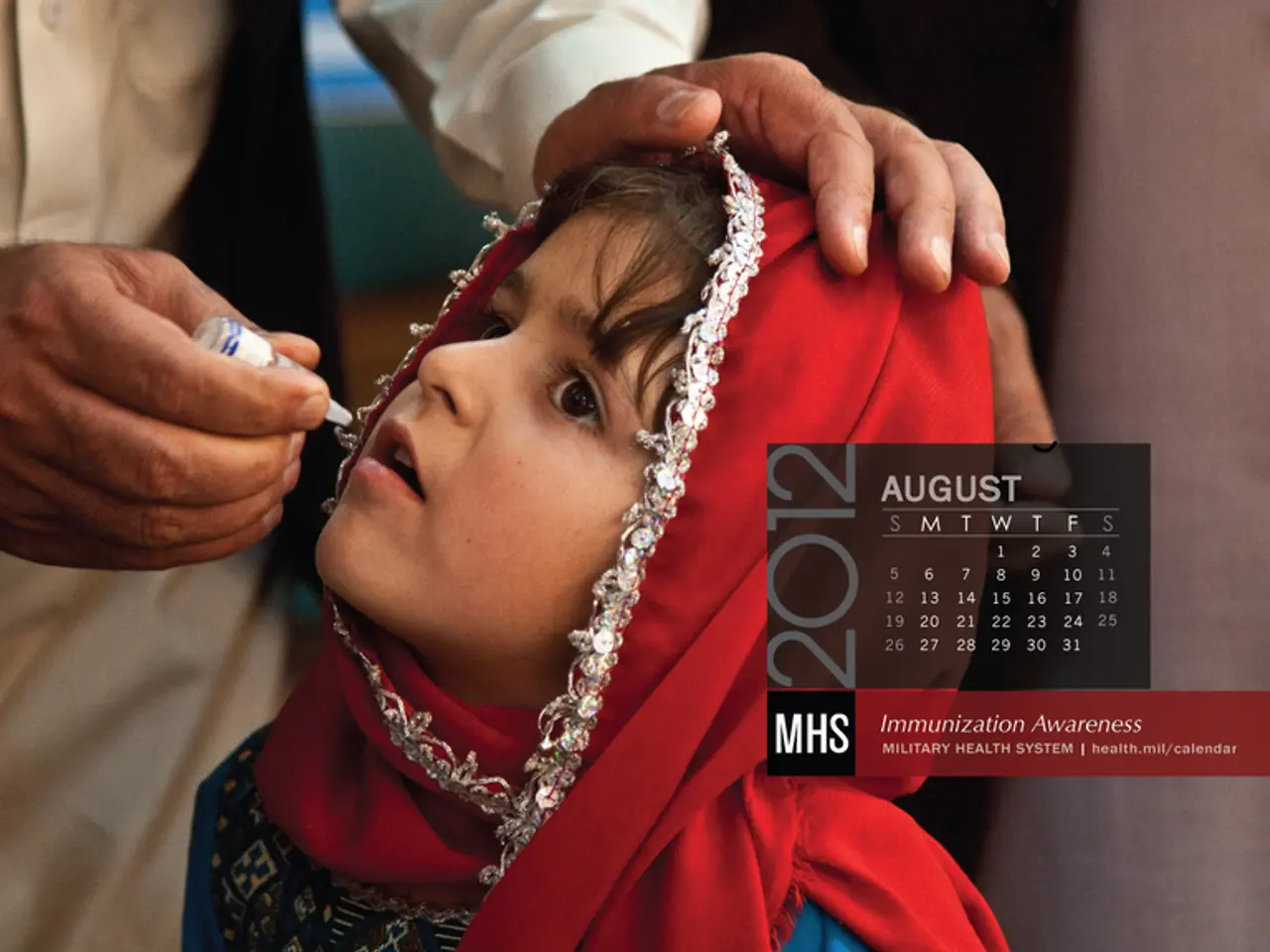Hormonal fluctuations contributing to breast discharge and potential causes
In some instances, women may experience breast discharge that is not related to pregnancy. This article aims to shed light on the common causes of such discharge and when it's essential to seek medical advice.
Breast discharge can occur in response to nipple or breast stimulation, during a warm shower, or as a side effect of certain medications such as birth control pills, antidepressants, blood pressure medication, or medications containing estrogen. This discharge, known as galactorrhea, can also be a sign of hormonal imbalances, particularly hyperprolactinemia (elevated prolactin hormone levels).
While clear discharge is common and can be induced by stimulation of the breasts, green, white, or red discharge may indicate an infection or other serious issue. For example, green discharge in pregnant or nursing individuals can be normal, but it may also signal an infection in the breast. White discharge is common in pregnant people and those who are nursing or have just given birth, but in people who are not nursing or pregnant, white discharge can still be normal, especially if it happens following intense nipple or breast stimulation. Red discharge can be normal in nursing parents but may indicate an infection or injury. Yellow discharge can be a sign of mammary duct ectasia in people nearing menopause.
Other benign breast conditions that may lead to nipple discharge include fibrocystic changes in breast tissue, intraductal papilloma (noncancerous tumors in milk ducts), mammary duct ectasia (duct dilation and inflammation), and breast infections or abscesses. Skin irritants or infections around the nipple can also cause discharge, although these are generally associated with local symptoms rather than systemic hormone changes.
If experiencing breast pain or swelling, a lump in the breast, the shape of the breasts or nipples changing, breastfeeding becoming too painful, nipple discharge changing, or red or bloody discharge not going away, it is advisable to see a doctor. Early intervention can be life-saving if there is a serious infection or cancer, so if a person suspects abnormal breast discharge, they should see a doctor right away.
In summary, typical causes of non-pregnancy related breast discharge include hormonal imbalances, medication side effects, physiological triggers, and benign breast disorders. If breast discharge occurs without pregnancy, especially if persistent or unusual in character, consulting a healthcare provider is important for appropriate diagnosis and treatment.
- A trimester of pregnancy is not required for breastfeeding, as breast discharge can occur due to hormonal imbalances, medication side effects, or benign breast disorders.
- Science suggests that apart from pregnancy, breast discharge can be caused by hormonal imbalances such as hyperprolactinemia or medications containing estrogen.
- In some cases, a blocked duct during breastfeeding may lead to breast discharge, which could be a sign of infection or other health concerns.
- Mental health, women's health, and overall health-and-wellness are crucial considerations when addressing unusual or persistent breast discharge in non-pregnant individuals.




